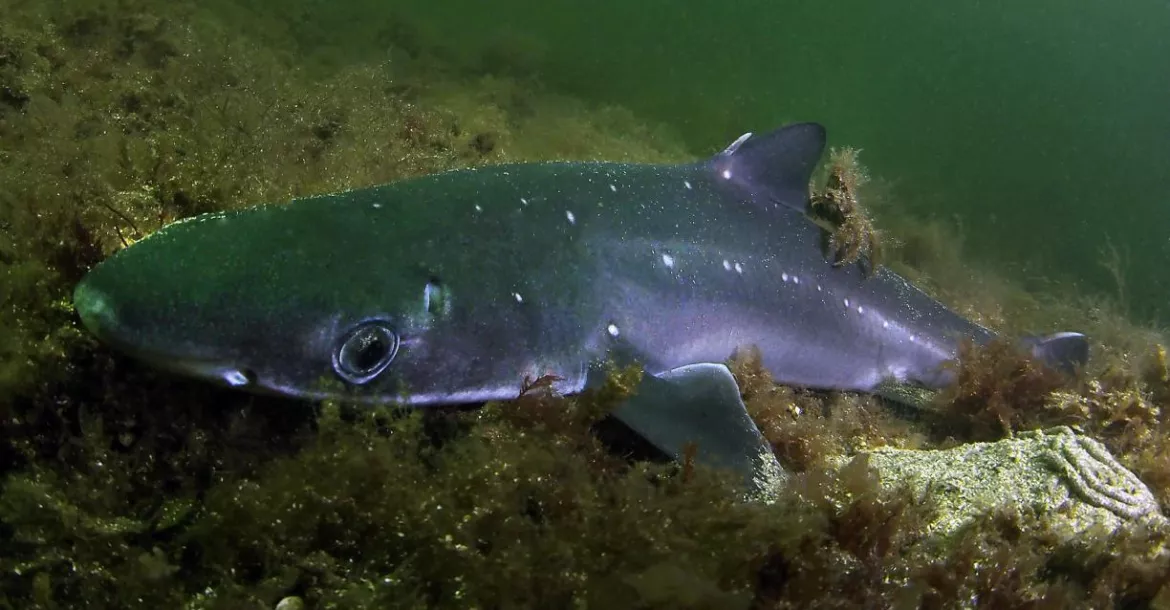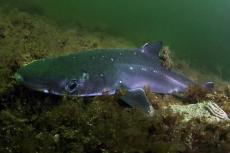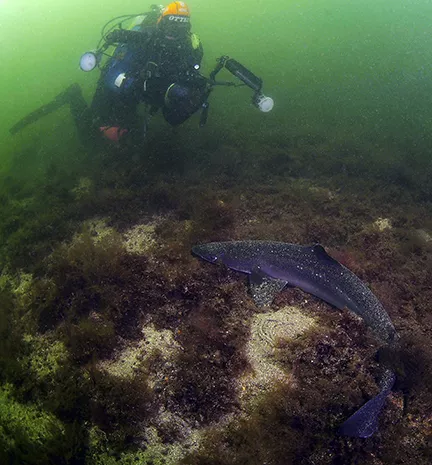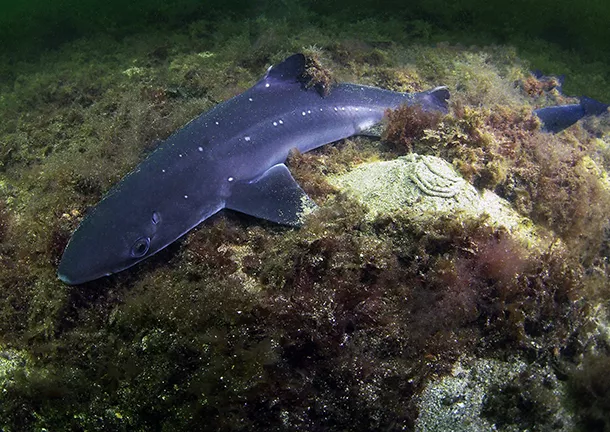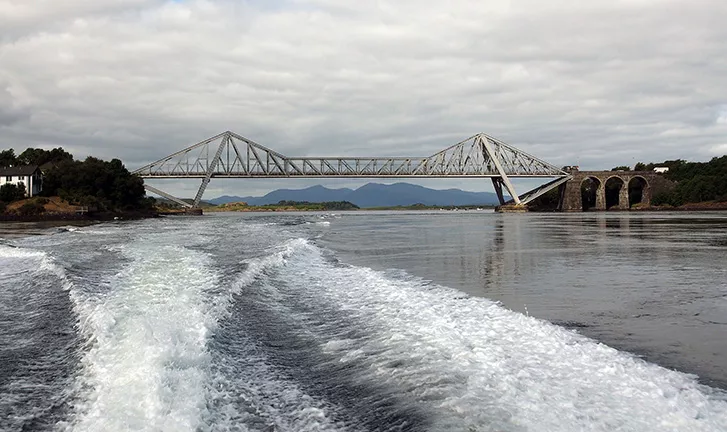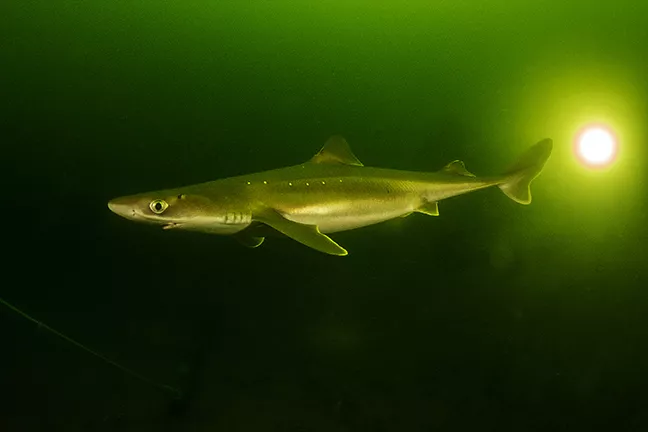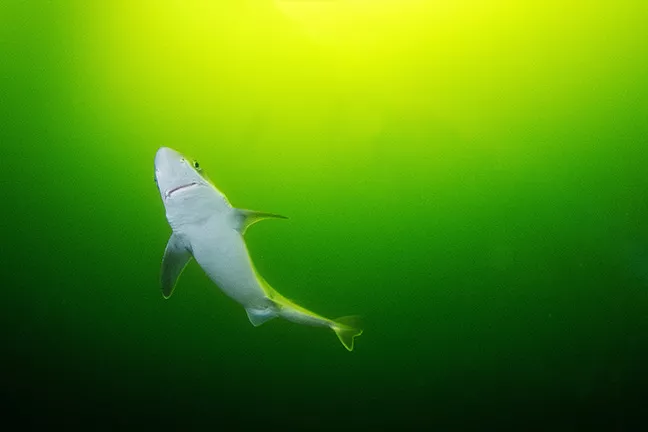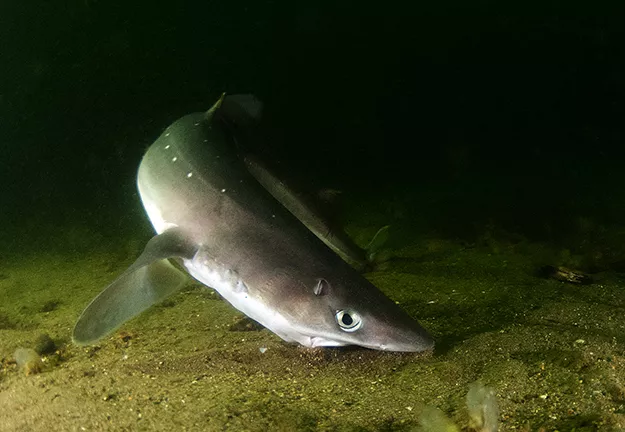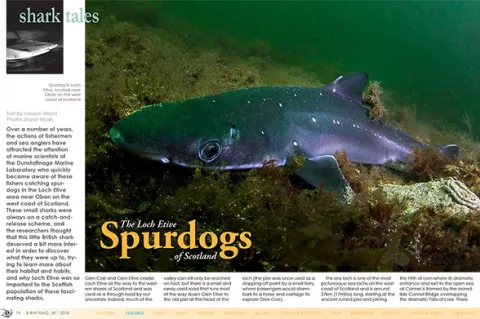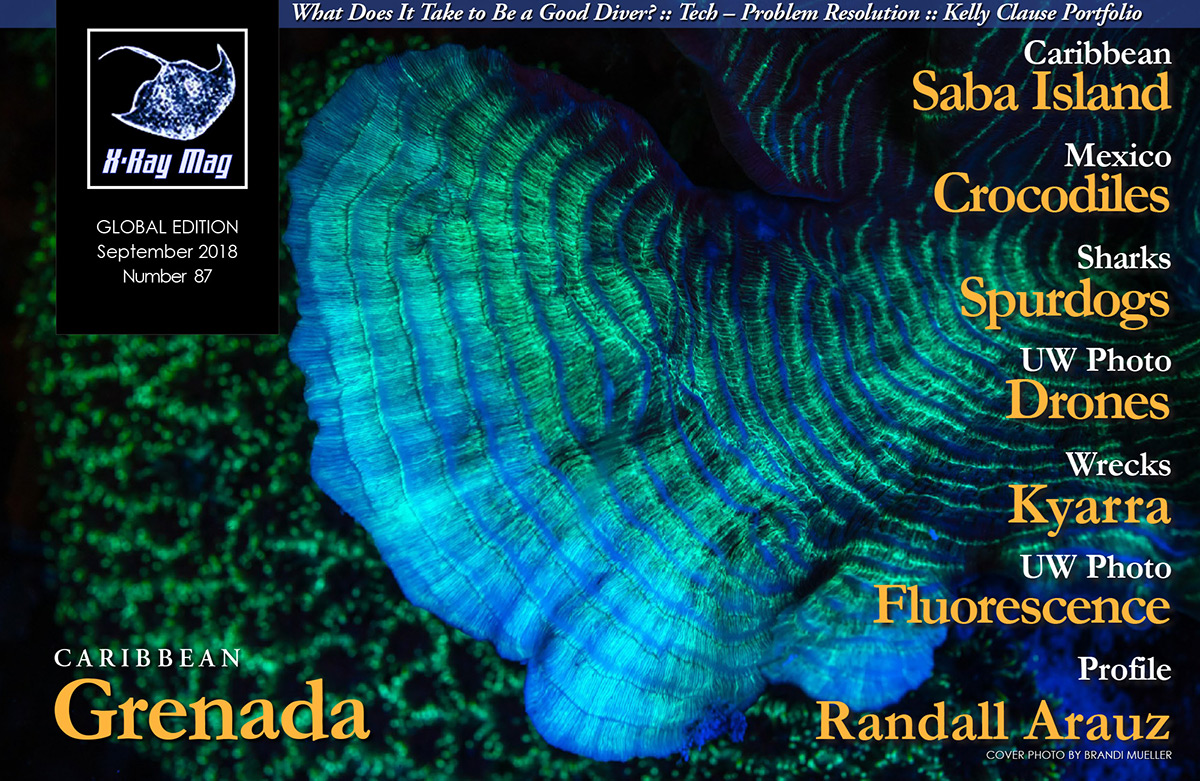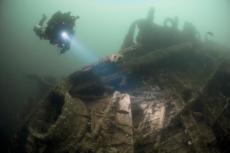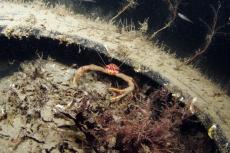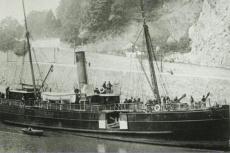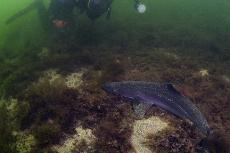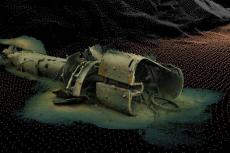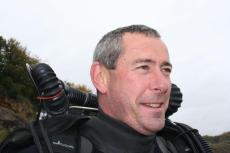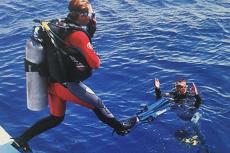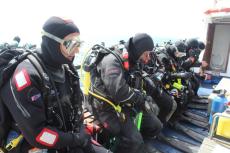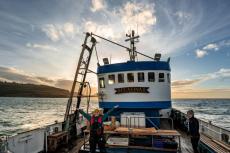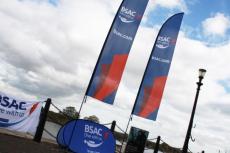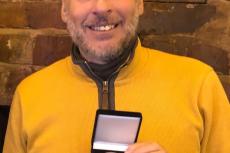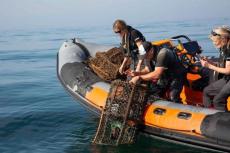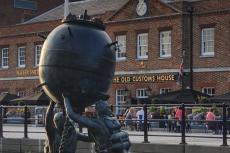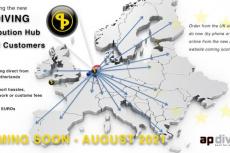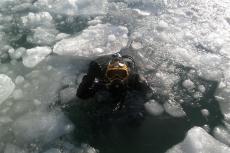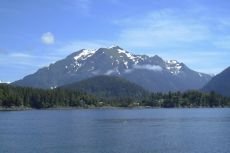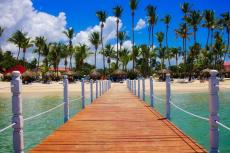Over a number of years, the actions of fishermen and sea anglers have attracted the attention of marine scientists at the Dunstaffnage Marine Laboratory who quickly became aware of these fishers catching spurdogs in the Loch Etive area near Oban on the west coast of Scotland. These small sharks were always on a catch-and-release scheme, and the researchers thought that this little British shark deserved a bit more interest in order to discover what they were up to, trying to learn more about their habitat and habits, and why Loch Etive was so important to the Scottish population of these fascinating sharks.
Contributed by
Factfile
Lawson Wood is a widely published underwater photographer and author of many dive guides and books.
For more information, visit: oceaneyefilms.co.uk.
SPURDOG DISTINGUISHING CHARACTERISTICS:
1. Dorsal fins both preceded by a single spine.
2. First dorsal fin is obviously larger than second dorsal fin.
3. Anal fin is absent.
4. Body scattered with small white spots, mainly along the lateral line.
THE FALLS OF LORA:
The Falls of Lora are a tidal race created where a narrow hard stone sill comes to just below the water’s surface and the strength of the tide actually creates a type of waterfall as the tide level in the Firth of Lorn drops below that in Loch Etive creating a waterfall. Similarly, on an incoming tide, when the tide level is greater on the outside of the rocky ledge at Connel, there is a massive waterfall into Loch Etive where thousands of tons of water infused with plankton are funnelled into the loch and its inhabitants.
NAME: Loch Etive, Argyll and Bute (PA35 1JT)
PLACE TYPE: Tidal Water
LOCATION: Grid Ref: NN 0697 3875 • X/Y co-ords: 206975, 738750 • Lat/Long: 56.5011,-5.13777924
COUNTY/UNITARY AUTHORITY: Argyll and Bute
REGION: Scotland
COUNTRY: Scotland
HEIGHT: -1.2m
OS EXPLORER MAP: 377: Loch Etive & Glen Orchy
Glen Coe and Glen Etive cradle Loch Etive all the way to the western shores of Scotland and was used as a through-road by our ancestors. Indeed, much of the valley can still only be reached by foot, but there is a small and rarely-used road that runs most of the way down Glen Etive to the old pier at the head of the loch (the pier was once used as a stopping-off point by a small ferry, where passengers would disembark to a horse and carriage to explore Glen Coe).
This sea loch is one of the most picturesque sea lochs on the west coast of Scotland and is around 27km (17miles) long, starting at the ancient ruined pier and joining the Firth of Lorn where its dramatic entrance and exit to the open sea at Connel is framed by the incredible Connel Bridge overtopping the dramatic Falls of Lora. There are three deep basins in the sea loch, with depths reaching around 150m (490ft); but for the most part, it is a typical west coast sea loch with steep muddy slopes, interspaced with small islands surrounded by mudflats.
About the shark
The spurdog (Squalus acanthias) is a small species of shark found in a number of temperate locations around the world. Squalus acanthias has several common names such as spurdog, spiny dogfish, piked dogfish, spotted dogfish, rock salmon and white-spotted dogfish. It is considered "Vulnerable" by the International Union for Conservation of Nature (IUCN) due to the fact that the species is prone to migrate in large numbers, and entire schools of them can be caught in one cast of the net by commercial fishing fleets. This small shark can grow to around 2m (6.5ft), but is more commonly around 1m (3.25ft) long. It is found in coastal waters, often close to the surface at night but can also be found as deep as 200m (660ft). The sharks are more commonly spotted on or near the seabed and are regarded as scavengers, as they are often attracted to oily-smelling and dead fish.
Researchers discovered that there was a resident population of spurdogs in Loch Etive, and after capturing and tagging a few, they were able to discover a distinctive migration pattern linked to breeding behaviour in and out of the loch. As the plankton growth increases in the spring and autumn, there are more movements, and tagged sharks have been discovered to travel a fair distance. It appears that they stick quite close to their respective areas of site association, possibly to breed. Spurdogs are found in the Mediterranean too, but again, these populations appear to stay within easy distance of their home zone.
Research collaboration
Shane Wasik of Basking Shark Scotland was aware of the work being done at the Marine Lab in Dunstaffnage as Basking Shark Scotland is at the forefront of the research done on basking sharks found in huge congregations on the west coast of Scotland. Shane asked the researchers how they could help and if they could be involved in the research programme. Currently, sharks were only being caught by baited lines, to collect information on size, sex, characteristics, distinguishing marks, etc. Shane figured that by placing a baited basket near the seabed, it should also attract the small sharks; the first trials have proven to be very successful, as well as served as a gauge to see how diver and photographic observations could help to prepare a project plan to further any research on these curious little sharks.
Shane approached me and a fellow underwater photographer, Mike Clarke, to take part in the first trials to bait and attract the spurdogs. We duly arrived at Dunstaffnage Marina, just north of Oban. After a short run into Loch Etive under Connel Bridge, we set the baited basket in around 9m (30ft) where sharks had been caught recently in the past. Sadly, we had no luck that first drop, although an earlier trial had half a dozen of these zippy little sharks. However, we were treated to a huge array of west coast Scotland sea loch critters, including thornback rays (Raja clavata).
As there was an ebbing tide, it was thought that there would be a fair chance of the sharks having moved out of the sea loch into more open water in search of food, so a second location was chosen near the home base marina where the tide swept into a sheltered bay. The bait bag was duly lowered, and an hour later, we were treated to several sharks swimming around the bait or resting on the seabed. The scent of oily fish in the water also attracted lesser-spotted dogfish (or cat sharks), various rays, flounders and an army of spider crabs, hermit crabs and other small critters.
The sharks were very skittish and came close to the bait bag, making photography rather difficult, but those sharks that rested on the seabed were incredibly docile, allowing very close encounters, even to the point of getting extremely close to the subject. One of the sharks had a small spider crab wandering across its back. Perhaps this was a kind of cleaning station for spurdogs.
Final thoughts
Undoubtedly, these are just early days for the endeavour, but the preliminary work carried out by Shane and head guide Luke Sadler of Basking Shark Scotland will lead to the next big—or little—shark encounter to be enjoyed in British waters.
You may or may not agree with shark baiting for tourism and underwater photography, but shark baiting for science or tourism in many areas of the world is tried, tested and trusted, as well as very successful and beneficial to the economy, including blue shark encounters off the coast of Cornwall and basking sharks off the Isle of Coll; clearly this type of baiting was working for the Scottish spurdogs too! ■
For more information on this new and exciting venture, contact Shane Wasik at Basking Shark Scotland: BaskingSharkScotland.co.uk.

